The last few years have seen numerous announcements of new Smartwatch products featuring a multitude of health tracking features. Tracking heart rate using a fitness tracker on a smartwatch is not new but the mechanisms around photoplethysmography have evolved quite a bit to make these devices more accurate.
Contents
Related reading:
- Guide to understanding and using Heart Rate Variability (HRV) on your Apple Watch
- Low VO2 Max Score on Fitness Tracker? Here’s what you should know
- Does Fitbit, Garmin, or other wearable devices offer a Pulse Oximeter?
- 3 Best Blood Pressure Monitors to Use With Apple’s Health App
In this article, we compare some of the most popular smartwatch brands such as Apple, Fitbit, Garmin, and Xiaomi and provide you with insights from various studies that have focussed on determining the accuracy of heart rate measurement on these fitness trackers.
Since the technology around optical heart sensors evolves at a fast pace, we have chosen to examine the studies that were conducted in the last three years. (2017 – 2020).
Did you know…
Chest straps for monitoring heart rate are often more accurate than wrist-based heart-rate detection.
Polar company founder Seppo Säynäjäkangas invented the wireless personal heart rate monitor in 1977 in Finland.
How does a smartwatch heart rate monitor work?
The optical heart sensor on the backside of your smartwatches works on the principle of photoplethysmography. 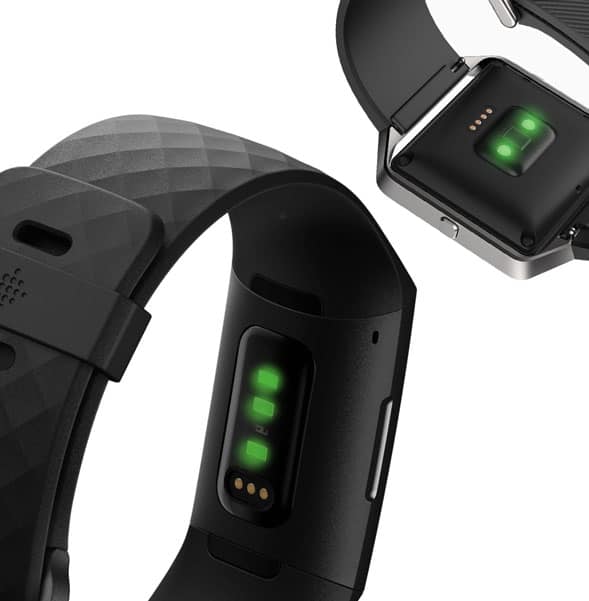
Very simply put, blood is red because it reflects red light and absorbs green light. Your smartwatch uses green LED lights to detect the amount of blood flowing through your wrist at any given time.
When your heart beats, the blood flow in your wrist, and hence the green light absorption is greater.
By flashing the LED lights hundreds of times per second, your smartwatch is able to calculate the number of times the heart beats per minute.
The photodiodes next to the LED lights on your watch help with measuring how much of the green light is absorbed.
Optical heart sensors also use infrared light. Apple Watch uses infrared light to measure your heart rate in the background and uses the green LED lights to measure heart rate during workouts and to calculate Heart rate variability.
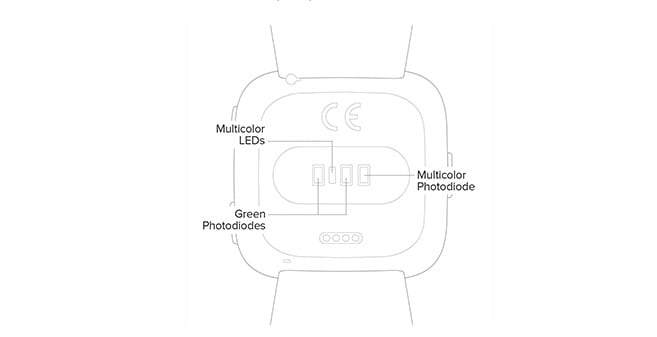
The four important variables that can influence the heart rate measurement are the brightness of the LED light/s, the sampling rate, resting or activity state, and the skin tone.
Selected SmartWatch Heart Rate accuracy studies tell a tale
#1 2017 UT Austin Heart rate study focussed on error rates in heart rate tracking
This study was conducted by researchers at the University of Austin(1), Texas and the results were published in March 2017. The study examined the accuracy of self-monitoring heart rate devices.
The objective of this study was to examine heart rate (HR) and energy expenditure (EE) validity of 3 popular wrist-worn activity monitors at different exercise intensities.
For this comparative study, the following primary devices were used:
-
-
- Apple Watch
- Fitbit Charge
- Garmin Forerunner
-
The study evaluated the mean absolute percentage error rate of heart rate tracking of these devices. The mean absolute percentage error (MAPE) is a statistical measure of how accurate a forecast system is. It measures this accuracy as a percentage.
Results from the study indicated that the Apple Watch HR had less tracking errors overall when compared with that of Fitbit and Garmin Forerunner.
- Apple HR MAPE was between 1.14% and 6.70%
- Fitbit HR MAPE was between 2.38% and 16.99%
- Garmin Forerunner 225, HR MAPE was between 7.87% and 24.38%.
#2 2017 Cleveland Clinic Study on heart rate accuracy of SmartWatches
Around the same time that the University of Austin was wrapping up its study, Cleveland Clinic working with Yale University(2) published a study examining the variable accuracy of wearable heart rate monitors during aerobic exercise.
For each exercise type, HR was recorded at rest, light, moderate, and vigorous intensity. An agreement between HR measurements was assessed using Lin”s concordance correlation coefficient (rc).
For its study, the researchers used the following fitness trackers:
-
-
- Apple Watch
- Fitbit Blaze
- Garmin Forerunner
- Polar chest strap H7
-
One of the key findings from this study suggested that heart rate accuracy can vary between devices based on the type of workout/activity that the user is performing.
The study concluded :
- The best HR readings captured during Biking were from Apple Watch & Garmin
- The best HR readings captured during Elliptical training were from Apple Watch
Across all exercise conditions, the chest strap monitor (Polar H7) had the best agreement with ECG (rc = 0.996) suggested that Seppo Säynäjäkangas was really ahead of his times when he started Polar.
The overall Rc readings for the other smartwatches were as follows :
- Apple Watch (Rc = 0.92)
- Garmin Forerunner (Rc = 0.81)
- FitBit Blaze = Rc = 0.67
And suggests that the Apple Watch was more accurate than the Garmin or the Fitbit models.
This also shows that your choice of using Garmin to track your heart rate when biking is a pretty solid choice and for serious athletes the polar chest strap is still the wireless gold standard when it comes to monitoring heart rate.![]()
#3 2020 Duke University Study on the inaccuracy of optical heart sensors
Early this year in February, Duke University(3) published results from their study that examined the inaccuracies of wearable optical heart sensors.
The researchers examined heart rate readings at resting as well as during exercise activities to check if the reading varied between the inactive physical state and the exercise state.
For this study, the researchers used the following devices:
-
-
- Apple Watch 4
- Xiaomi Mi Band 3
- Fitbit Charge 2
- Garmin VivoSmart 3
- Empatica and Biovotion
-
Conclusions from the study indicate that different wearables are all reasonably accurate at resting and prolonged elevated heart rate, but that differences exist between devices in responding to changes in activity.
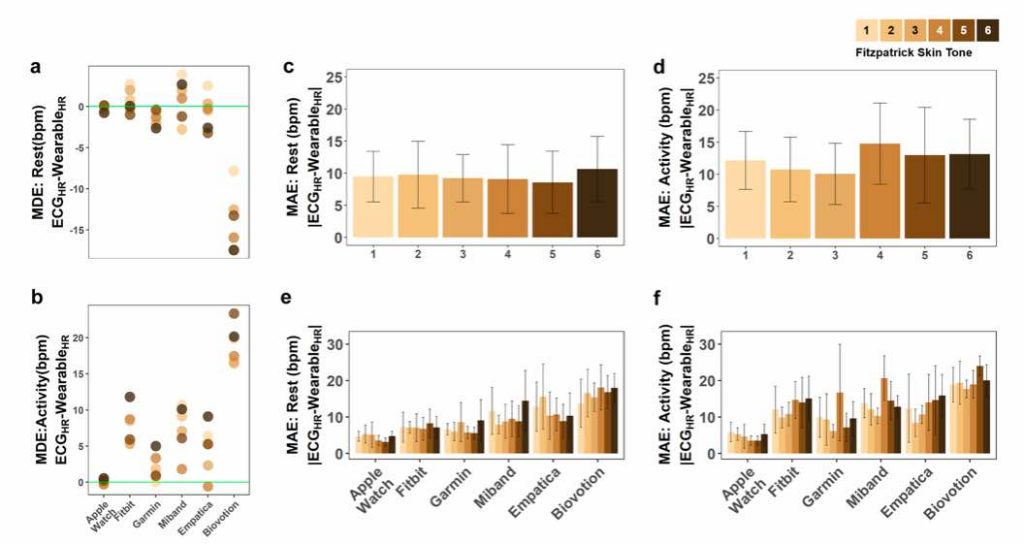
The study noted that
- At rest, the Xiaomi Miband 3 had the highest MAE and the Apple Watch 4 had the lowest MAE (10.2 bpm vs. 4.4 bpm, respectively)
- -During activity, the Xiaomi Miband 3 had the highest MAE and the Apple Watch 4 had the lowest MAE (Mean Absolute error)
This shows us clearly that the efficacy of optical sensors in the cheaper heart rate trackers may not be at par with the best of breed smartwatches.
That being said, if you were using Heart rate tracking as a metric to motivate yourself, then the Miband 3 does its job however if you were looking at the HR metric from a medical perspective, the cheaper option may not fare so well.
This study also confirmed that for a small population of users, skin perfusion and tattoos may not get any HR reading for both Apple watches and other wearables.
For Garmin trackers, Skin tone may affect heart rate accuracy but “Garmin designs our watches to work on all skin tones… the sensor may have to work harder [when more melanin is present in the skin] to find the pulse which can require slightly more battery power.
Also wearing a Garmin watch too tightly or participating in activities that cause flexing of the wrist may lead to more errors in the heart rate readings.
What are the leading Brands doing to improve heart rate detection accuracy?
The leading brands such as Apple, Fitbit and Garmin among others are trying to address the inaccuracies via various initiatives. For one, these companies are signing up for more and more research studies to measure the efficacy of the HR readings. They are also looking at their algorithms and adjusting it for improved accuracy.
A 2018 study had found the Fitbit charge 2.0 consistently underestimated heart rate by 5.9 beats per minute, and the accuracy of Fitbit’s LED heart rate detection is the subject of a class-action lawsuit.
A year later, a 2019 study examined the Fitbit Charge 2.0 and found it pretty accurate when it comes to heart rate tracking during sleep or sedentary periods.
Since then, Fitbit has taken an active role in trying to improve some of the hardware as well as software aspects around its optical heart sensors with the launch of its Pulse Pulse technology 2.0 in its latest Fitbit Sense smartwatch.
Using the all-new multipath sensor, Sense is expected to deliver medical-grade 24/7 continuous heart rate tracking for exercise, sleep tracking, and everything in between.
With Amazon entering the wearables industry with its newly launched Halo band, competition is going to heat up and with that more of these smartwatches are going to become better and accurate as we move forward.
Sources:
- 2017 UT Austin Study on Smartwatch heart rate tracking
- 2017/2018 Cleveland Clinic, Yale University study on heart rate measurement
- 2020 Duke University Study on Smartwatch heart rate tracking
- 2018 study on Fitbit charge 2.0 heart rate monitoring assessment
- 2019 study Fitbit Charge 2.0 heart rate assessment during sleep

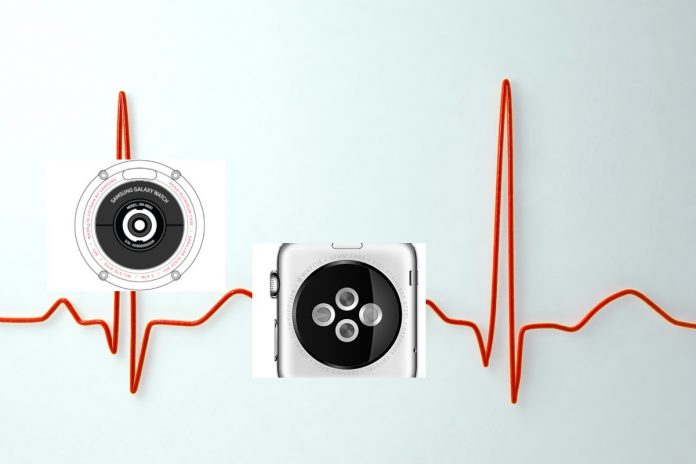
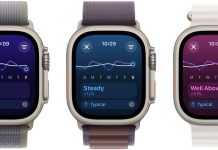
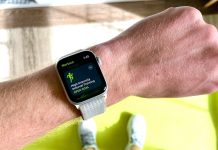
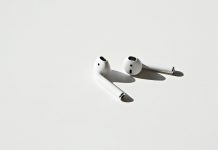



thanks for all the helpful info and sources